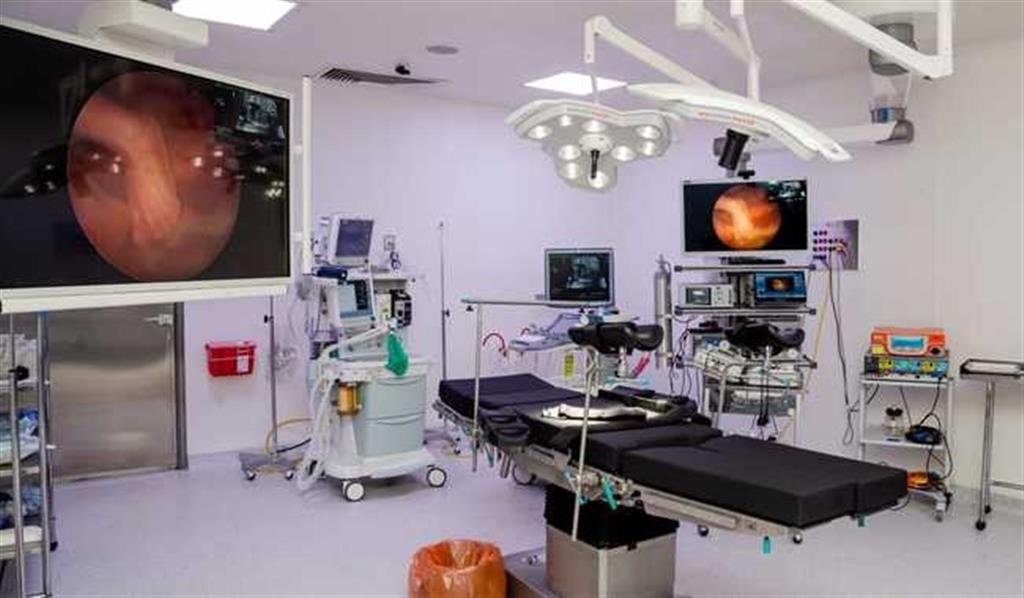The head of the Maternal-Fetal Medicine Department, Sandra Acevedo, reported that one of the most frequent problems that the hospital will address is feto*fetal transfusion syndrome, which can occur in up to 15 percent of twin pregnancies sharing the same placenta.
She explained that perinatal surgery is also applied to correct specific fetal defects such as those of the neural tube, or diaphragmatic hernias; in both cases, the surgical intervention improves survival and response to definitive surgical management at birth.
She also said that the clinic, located at the National Institute of Perinatology of the Ministry of Health, is equipped with high technology under the care of a multidisciplinary group of specialists and sub-specialists.
One of its objectives is to reduce the morbidity and mortality associated with pregnancy and childbirth. In Mexico, just over two million births occur annually, of which nine thousand are twins that share a single placenta, with aberrant vascular connections between each of them.
In Mexico, between one or two, out of every thousand born alive, have a neural tube defect, that is, the lack of closure of the spinal column, which leaves sequelae at the neurodevelopmental level, that is why most of them cannot walk or present problems with sphincter control and also requires the placement of urinary catheters for lifetime.
Fetal intervention, therefore, is intended to correct the defect so that the newborn should not need to undergo surgery at birth. It may also reduce the need for placement of an intracranial valve to reduce excess cerebrospinal fluid in the brain.
jrr/llp/mem/lma
México abre Clínica Cirugía Perinatal de Alta Especialidad gratuita
Ciudad de México, 17 nov (Prensa Latina) México cuenta ya con la primera Clínica de Cirugía Perinatal de Alta Especialidad gratuita para mujeres embarazadas sin seguridad social que requieran procedimientos uterinos, informaron autoridades de salud.
La jefa del Departamento de Medicina Materno Fetal, Sandra Acevedo, informó que uno de los problemas más frecuentes que atenderá el hospital es el síndrome de transfusión feto-fetal, que puede presentarse hasta en 15 por ciento de los embarazos gemelares que comparten la misma placenta.
Explicó que la cirugía perinatal también se aplica para corregir defectos fetales específicos como los del tubo neural, o las hernias diafragmáticas; en ambos casos, la intervención mejora la sobrevida y la respuesta al manejo quirúrgico definitivo al nacimiento.
Dijo que la clínica, ubicada en el Instituto Nacional de Perinatología de la Secretaría de Salud, está equipada con tecnología de vanguardia a cargo de un grupo multidisciplinario de especialistas y subespecialistas.
Uno de sus objetivos, expresó, es reducir la morbilidad y mortalidad asociada al embarazo y el parto. En México ocurren anualmente poco más dos millones de nacimientos, de los cuales, nueve mil son gemelares que comparten una placenta única (idénticos), con conexiones aberrantes vasculares entre uno y otro, detalló.
En México, entre uno y dos de cada mil personas recién nacidas vivas presentan un defecto de tubo neural, es decir, la falta de cierre de la columna vertebral, que deja secuelas a nivel del neurodesarrollo, por lo que la mayoría no puede caminar, presenta problemas para control de los esfínteres y requiere la colocación de sondas urinarias de por vida.
La intervención fetal, por lo tanto, tiene el objetivo de corregir el defecto y que la persona recién nacida no tenga necesidad de ser intervenida quirúrgicamente al nacimiento. También puede reducir la necesidad de colocación de una válvula intracraneal para disminuir el exceso de líquido cefalorraquídeo en el cerebro.










